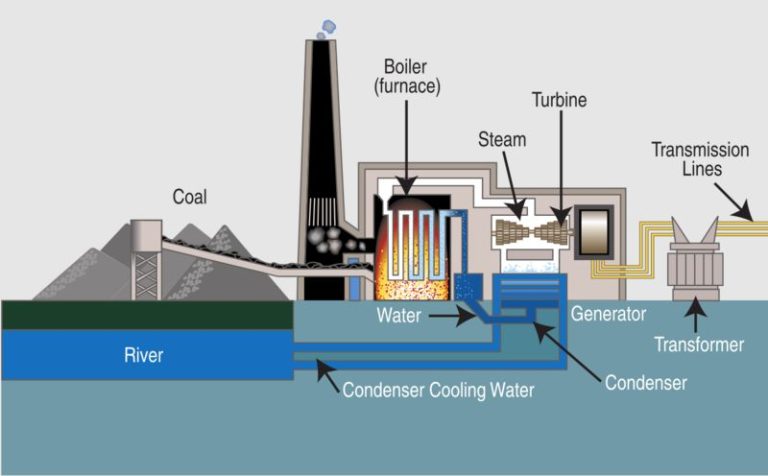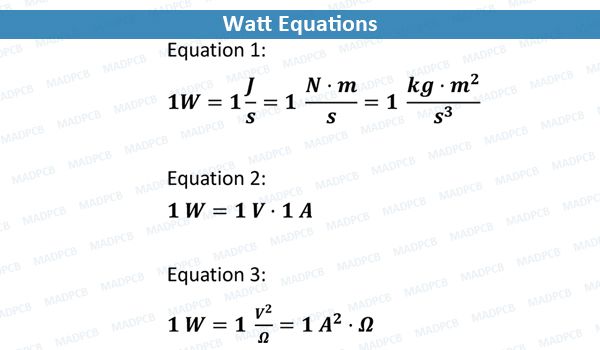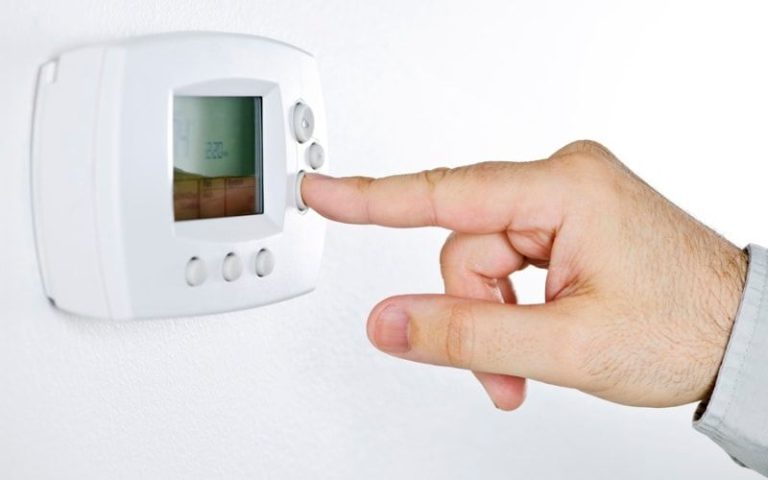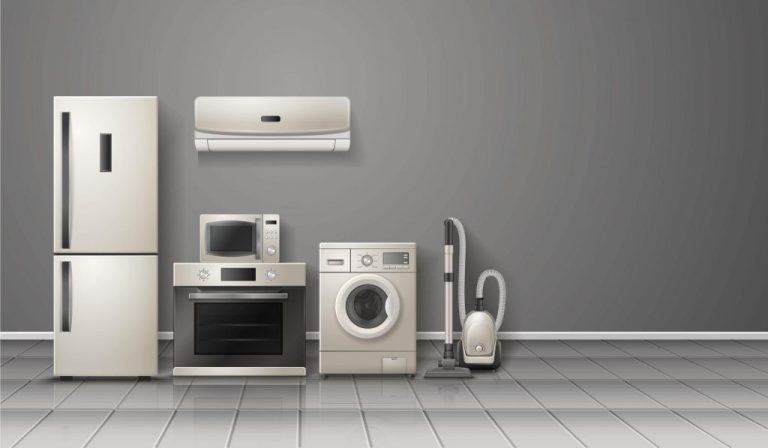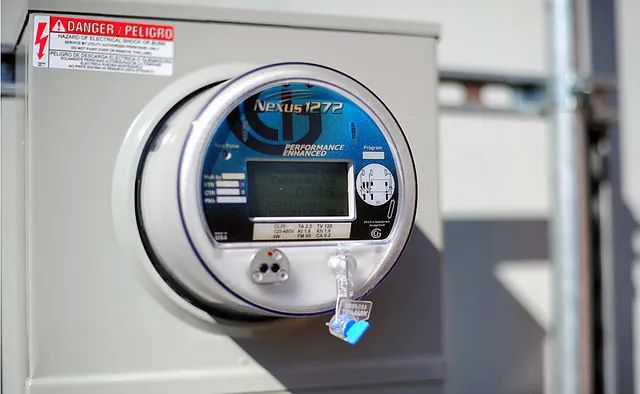How Do We Reduce The Cost Of Electricity?
Electricity costs have been steadily rising over the past decade. Several factors contribute to this increase, including inflation, infrastructure costs, and demand growth. With no sign of slowing down, rising electricity costs are putting a strain on many household budgets.
Luckily, there are several ways residential customers can reduce their electricity costs. With some small changes and smart investments, you may be able to significantly cut your monthly electricity bill. This article will provide an overview of various methods to lower electricity costs in your home.
Improve Energy Efficiency
One of the best ways to reduce electricity costs is to improve the energy efficiency of your home. Upgrading to more energy-efficient appliances and lighting can significantly cut your energy use. Replacing an old refrigerator, clothes washer or other major appliance with an ENERGY STAR certified model can reduce electricity consumption by 30% or more.
Switching to LED light bulbs is another easy way to lower electric bills. LED bulbs use at least 75% less energy and last much longer than incandescent bulbs. Installing motion sensors, timers or dimmers on lights can also help reduce waste.
Adding insulation, sealing air leaks and other weatherization improvements help prevent cooled or heated air from escaping your home. This allows HVAC systems to run less and provides savings on energy bills throughout the year.
Smart thermostats take energy efficiency a step further by optimizing heating and cooling based on occupancy and other factors. Many models can be controlled remotely via smartphone to further reduce waste.
Use Less Electricity
One of the best ways to reduce the cost of electricity is simply to use less of it. Here are some tips for cutting back on electricity usage, especially for appliances and devices that suck up power even when not in use:
Unplug devices when not in use. Cell phone chargers, gaming systems, televisions and other electronics draw power as “vampire” energy users even when turned off. Unplug them or use a smart power strip so they aren’t needlessly draining electricity.
Adjust AC and heating settings. Don’t overcool or overheat spaces. Set your thermostat to higher temperatures in summer and lower temperatures in winter, especially when no one is home. Consider using a programmable thermostat to automatically dial back usage at certain times.
Line dry laundry. Using your dryer less often can really add up in electricity savings. Dry your clothes the old-fashioned way by hanging them on an outdoor line or indoor rack whenever possible.
Install Solar Panels
Installing solar panels on your home is one of the most effective ways to reduce and even eliminate your electricity bill. The upfront cost of solar panels has dropped dramatically in recent years, making return on investment faster than ever. The average payback period for a residential solar system is now between 5-8 years.
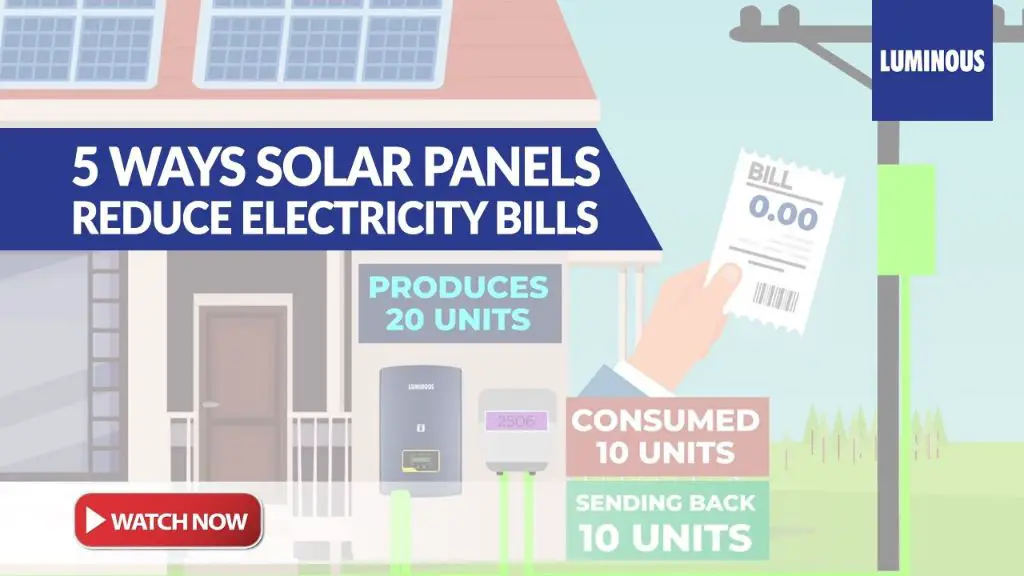
There are also generous federal and local tax credits and rebates that can cut the cost by 30% or more. The federal solar tax credit allows you to deduct 26% of installation costs from your taxes. Many utilities and states also offer additional incentives.
Once your solar panels are installed, any excess electricity they produce can be sold back to the grid through net metering programs. For each kWh sent back, your electric meter spins backwards to reduce your bill. This effectively allows you to sell your excess solar power back to the utility company.
With costs coming down and incentives going up, now is a great time to explore installing solar panels. Not only will it shrink your electricity bills, but you can take pride in generating clean, renewable energy right from your own roof.
Choose an Alternative Energy Provider
One way to potentially reduce your electricity costs is to choose an alternative energy provider that offers lower rates or renewable energy options. Here are some tips:
Shop for lower rates – Research and compare rates from competitors in your area. Some providers may offer lower rates that could save you money each month. Look for any discounts, sign-up bonuses or variable rate plans.
Sign up for renewable energy – Many providers now offer plans where some or all of your electricity comes from renewable sources like solar and wind. This costs a bit more but supports clean energy.
Try prepaid plans – With these plans you pay for electricity upfront before using it, which can help you track and control your costs. Any surplus rolls over month-to-month.
By shopping around and choosing an energy plan that fits your needs, you may be able to reduce the cost of electricity from your provider.
Shift Usage
One way to reduce your electricity costs is to shift when you use electricity throughout the day. Electricity prices fluctuate based on demand, with peak demand times usually occurring in the morning and early evenings on weekdays.
By shifting major electricity usage to off-peak times, you can take advantage of lower rates. For example, run dishwashers, washing machines, and other major appliances like electric vehicle chargers overnight or during the middle of the day on weekends. Avoid using these appliances during the common morning and evening peak demand times.
Many energy providers also offer time-of-use pricing plans that charge different rates based on the time of day. Opting for one of these plans allows you to pay less for electricity during super off-peak overnight hours and more during peak daytime hours. So shifting usage away from peak times can result in significant savings.
With some effort to monitor prices and plan household activities accordingly, shifting your electricity usage throughout the day can be an effective way to reduce your electricity costs.
Upgrade Your Home
One of the most impactful ways to reduce electricity costs in your home is by upgrading to more energy efficient appliances, adding insulation, and installing new windows.
Replacing old, inefficient appliances like refrigerators, washing machines, and air conditioners with newer ENERGY STAR models can significantly cut down on electricity usage. New refrigerators, for example, use 40-50% less power than models made before 2000. Upgrading to an ENERGY STAR clothes washer can save over $30 per year in electricity costs. And installing a new high-efficiency HVAC system can reduce cooling costs by 20% or more.
Adding insulation is also key. Insulating attics, basements and crawl spaces prevents conditioned air from escaping and reduces heating and cooling costs. Properly insulating and sealing air leaks could save over 10% on bills. Blown-in fiberglass and spray foam insulation are common options. Sealing cracks around windows, doors and pipes also helps.
Lastly, installing energy efficient windows like double or triple-pane glass cuts down on heat transfer and improves insulation. New windows prevent air leaks far better than old ones. High-performance low-e coatings on window glass further reduce heat gain and loss. Overall, new energy efficient windows can reduce electricity costs by up to 15%.
Use Backup Generators
One way to reduce electricity costs is to use a backup generator for emergency power or to switch over to generator power during times of peak electricity usage when rates are highest. Generators allow you to produce your own electricity, eliminating reliance on the grid during expensive peak rate periods.
Backup generators are available in different sizes and fuel types. Smaller portable generators can provide enough power to run essential appliances and lights during a power outage. Larger standby generators are permanently installed and can power your entire home if the power goes out. Generators that run on natural gas or propane may be cheaper to operate than gasoline-fueled models.
Using a generator to power your home during peak electricity usage times, such as on very hot summer afternoons, can cut costs substantially. By switching over to generator power for just a few hours per day when electricity rates are highest, you can significantly reduce your monthly electricity bill.
Installing automatic transfer switches allows your home’s electrical system to seamlessly switch to backup generator power when needed. This allows you to utilize generator power without any interruption to your electricity.
Backup generators require an initial investment and ongoing maintenance, but can provide major savings on electricity bills over time, especially when used to offset peak power usage.
Monitor Usage
Monitoring your energy usage is an important way to reduce electricity costs. With better visibility into how much energy you use, you can identify areas of waste and high usage. There are two main ways to monitor electricity usage:
Smart Meters
Many energy providers are switching customers to smart meters. Smart meters record your real-time energy usage and wirelessly communicate that data back to your utility company. This allows both you and the utility to monitor energy usage much more closely. Smart meters enable features like seeing your usage by the hour or day and receiving alerts for unusually high usage.
Energy Management Apps
Energy management apps like Sense and Eyedro can connect to your home’s electrical panel to provide real-time energy monitoring and insights. These apps break down energy usage by device and can identify wasted standby power. You’ll get notifications of unusual usage patterns or appliances that are costing you more than they should. Understanding your usage better allows you to shift or reduce high electricity activities.
By monitoring energy consumption through smart meters or energy apps, you can identify waste and high usage areas to target for reduction. This visibility is key to lowering your electricity costs.
Conclusion
There are many ways that consumers can reduce the cost of their electricity bill. The most impactful ways are to improve energy efficiency by sealing air leaks, adding insulation, and upgrading to energy efficient appliances. Using less electricity by turning off lights, adjusting the thermostat, and running fewer appliances can also lead to significant savings. Installing solar panels allows you to generate some or all of your own electricity. Choosing an alternative energy provider that offers competitive rates or renewable energy options is another avenue. You can also shift high-electricity usage to off-peak times to take advantage of lower rates. Upgrading your home with new windows, doors, heating and cooling systems will improve efficiency and comfort. Using a backup generator allows you to power your home separately during high-cost peak times. Carefully monitoring your usage with a smart meter app can help identify ways to reduce wasted energy.
For additional information on reducing electricity costs, check out the Department of Energy’s guides on energy efficiency tips and renewable energy options for your home.

